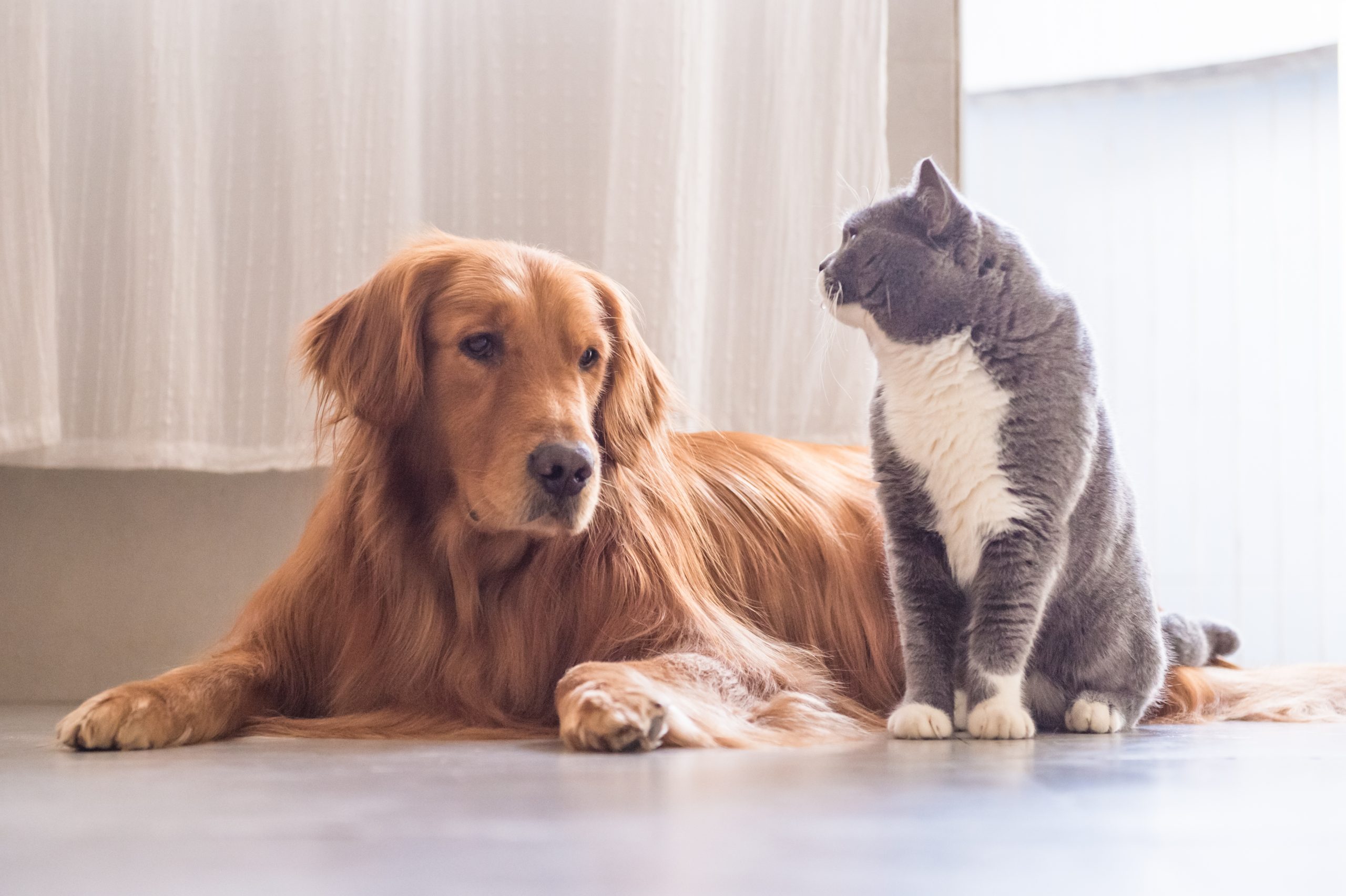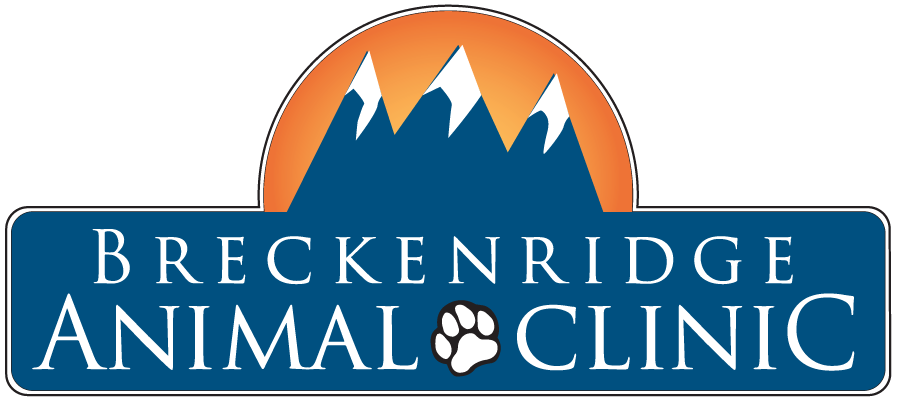
Bloat (GDV) and Gastropexy
Bloat and GDV (gastric dilatation volvulus) both refer to a syndrome most common in large and giant breed dogs where the stomach fills with air (gastric dilatation/ bloat) and turns on itself (volvulus). When the stomach turns on itself, it cuts off its own blood supply and the stomach tissue begins to die. Signs that you may see include unproductive retching or attempting to vomit, restlessness, and a tense or firm abdomen that may appear bloated.
Bloat is a surgical emergency for your dog. It has been said that only about half of dogs that develop GDV survive to discharge from the hospital after surgery. Treatment for a GDV can range from $3,000 to $6,000 depending on your location, severity of stomach necrosis, length of hospital stay, and will increase with any post-operative complications.
What causes a GDV? A GDV can occur at any time without warning in any size dog or cat, though large and giant breed dogs and deep chested dogs are at the highest risk. The top 3 statistically affected breeds are Great Danes, Saint Bernards, and Weimaraners.
The best way to prevent a GDV is a gastropexy: a surgical procedure where the stomach wall is attached to the body wall to prevent volvulus or turning of the stomach. A prophylactic (preventative) gastropexy is most often performed along with spay or neuter. All of our doctors routinely perform prophylactic gastropexies on our patients.
If you believe your dog is experiencing a GDV, get him or her to a veterinarian immediately!
For additional reading on GDV and gastropexy, please visit the links below:
Bloat – The Mother of All Emergencies

